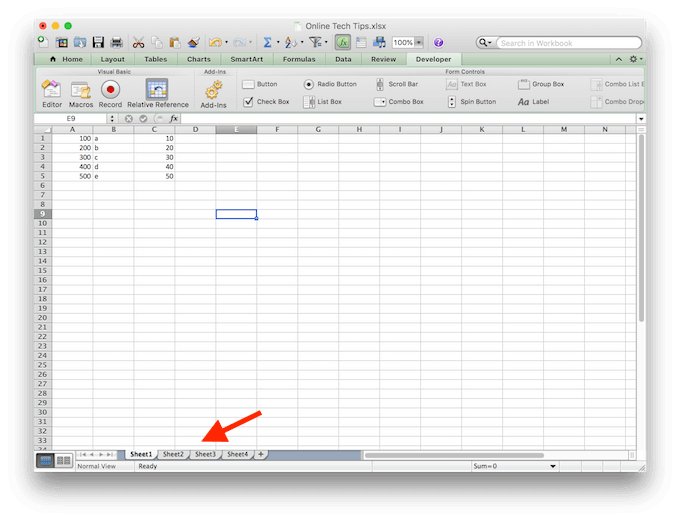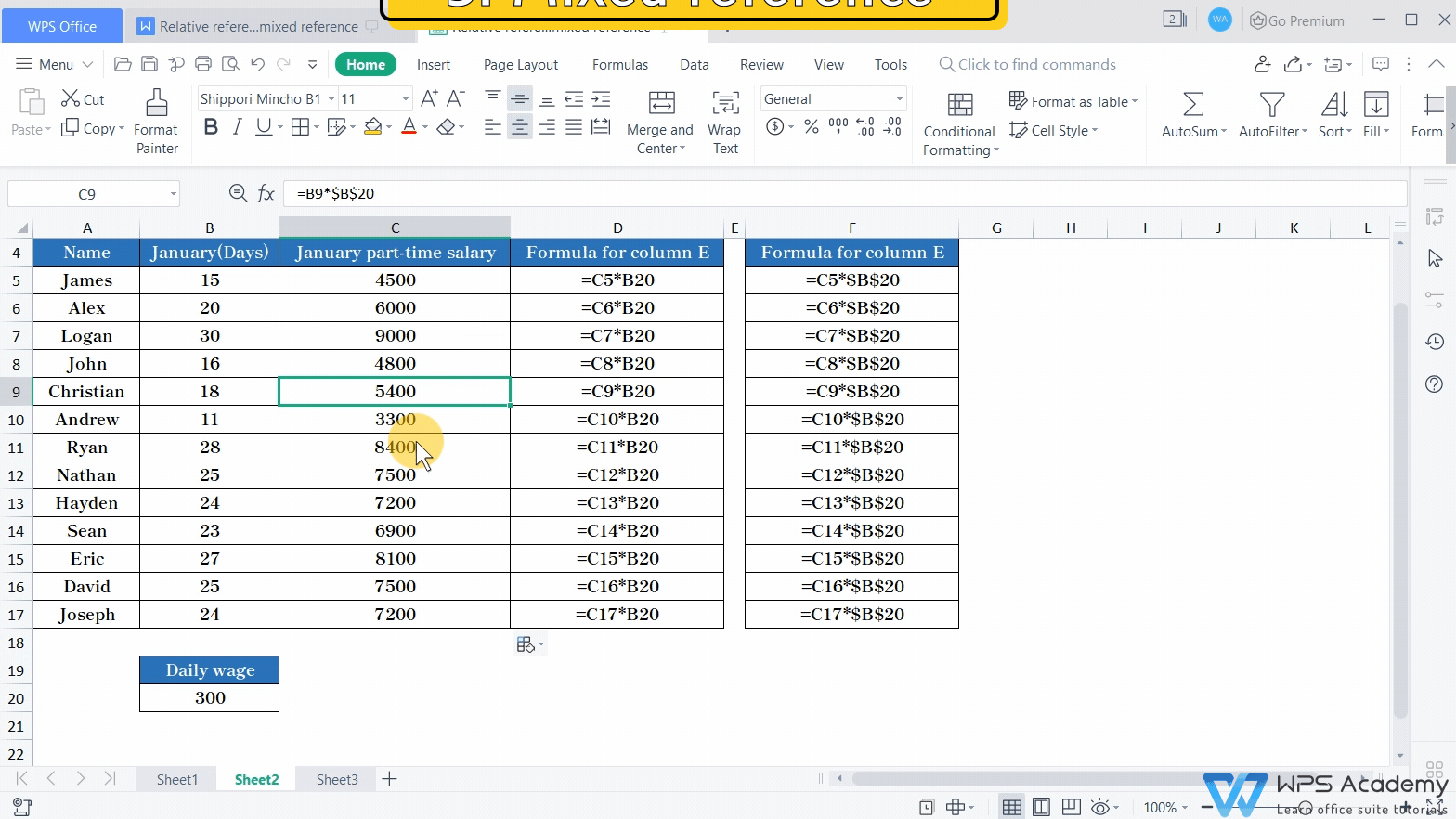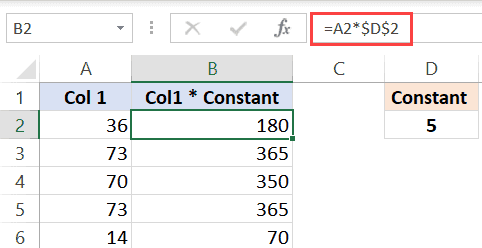

Hit F4 to get the Absolute cell reference and then Enter and you will be returned to the original worksheet: Then select the next worksheet and select the cell or range you want: Look at how these Absolute cell references change as they are copied down the rows or columns:Ībsolute Cell References Across Different Worksheets in ExcelĪbsolute and Relative cell references also work across different sheets. The dollar sign $ is what makes the elements of a cell reference Absolute. $G1 This cell reference wont change if you copy the formula across the columns but will change its row reference as it is copied down the rows. G$1 This cell reference wont change if you copy the formula down the rows but will change its column reference as it is copied across the columns. The other Absolute cell references you can do are: Notice that the Absolute cell reference $G$1 doesnt change. So if I copy the formula in D2 down to D21: This cell reference wont change at all whether you copy the formula down the rows or across the columns. (You can type the $ symbols that appear by hand but F4 is faster) Once I have selected the cell reference I wish to change to an Absolute cell I hit F4 on the keyboard to cycle through the Absolute cell reference options. I start by entering my formula and selecting the cell G1 to incorporate my tax rate. Looking back to the previous example, I will now add a Tax column:

This is very useful when you want to use a single value for calculations copied over a range of cells. It does not update/change as a formula is copied or filled. Absolute Cell ReferencesĪn Absolute cell reference does the opposite of a Relative cell reference. These 2 cells are the 2 cells to left, relative to the formula cell (C21). I have cell C21 selected yet the formula now references cells A21 and B21. My cell references have updated relative to where I have copied my initial formula. Now I copy my formula down the Total column:

If you think about these cell references as relative to cell C2, I am referencing the 2 cells to the left of the current cell (C2). I start by entering the addition formula into cell C2 which references cells A2 and B2.

I want to add column A and column B together in a Total column. Here I have a table with 2 columns and 20 rows. (dont forget to download the file for this tutorial so you can follow along) To better understand this look at the following example: What this means is that the cell reference will update relative to the original cell reference as it is copied. Relative Cell references in a formula change as they are copied or filled down a spreadsheet. In this tutorial I am going to cover the difference between Absolute and Relative Cell References in Excel and show you how to use them and why they are so important.


 0 kommentar(er)
0 kommentar(er)
